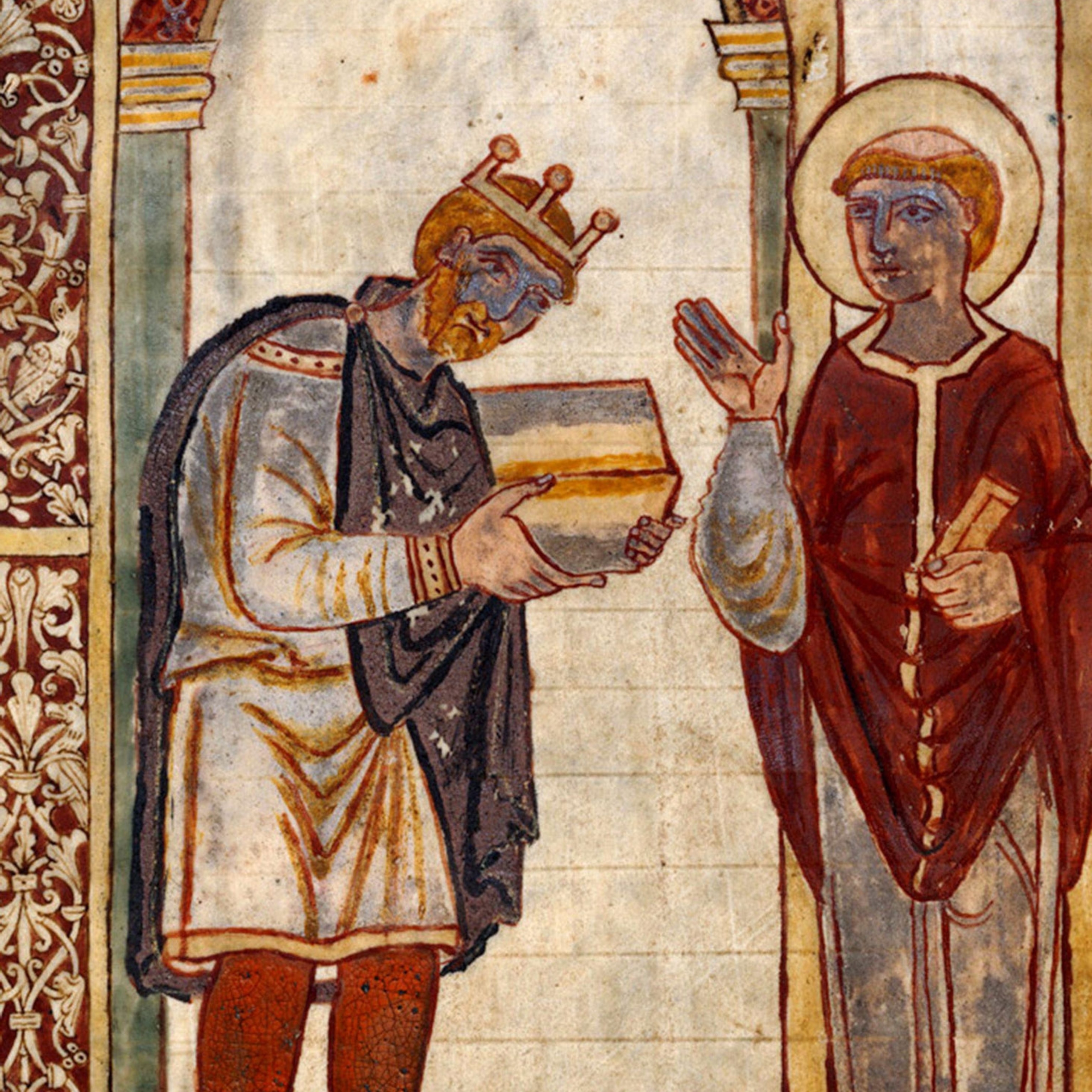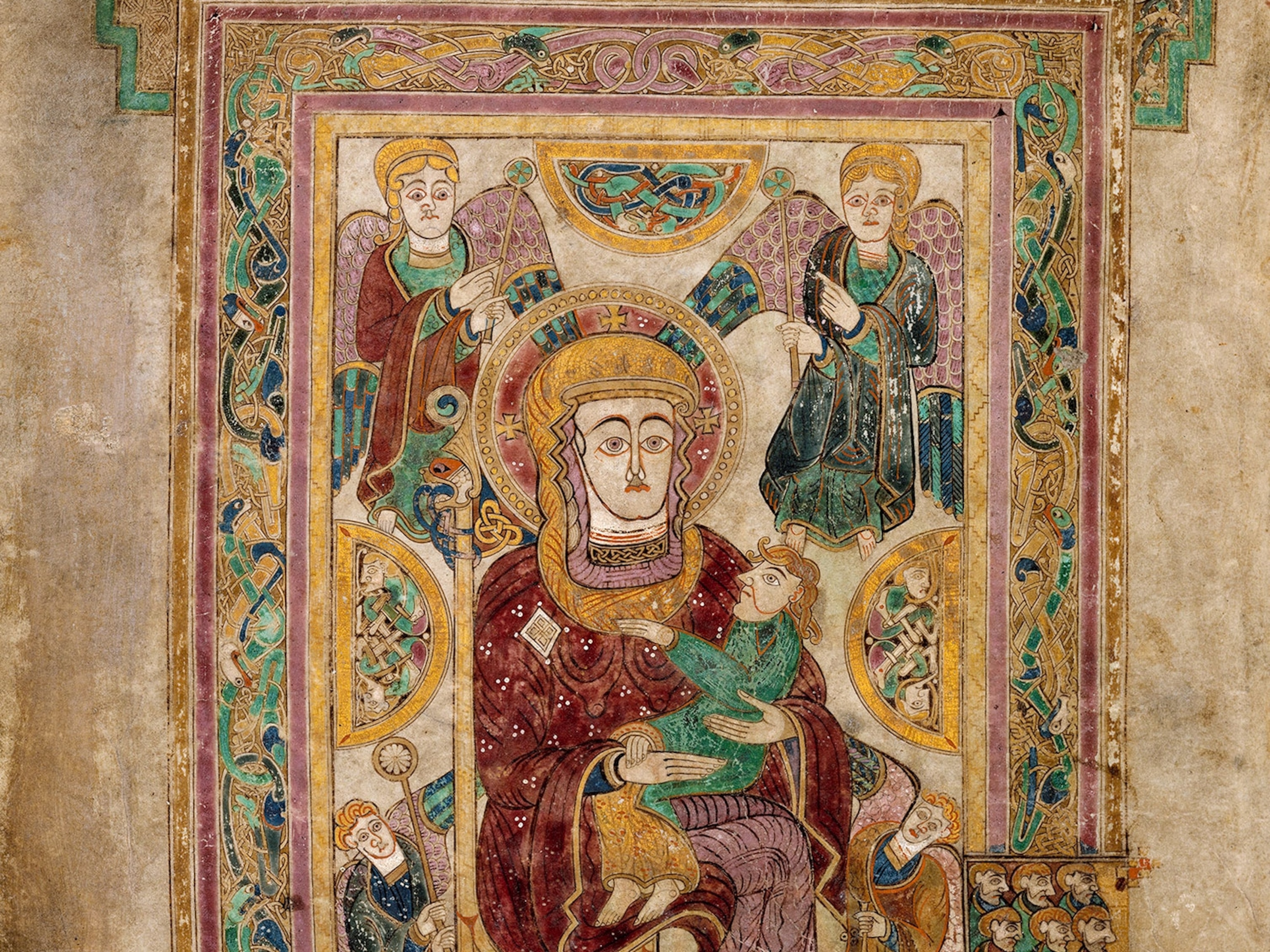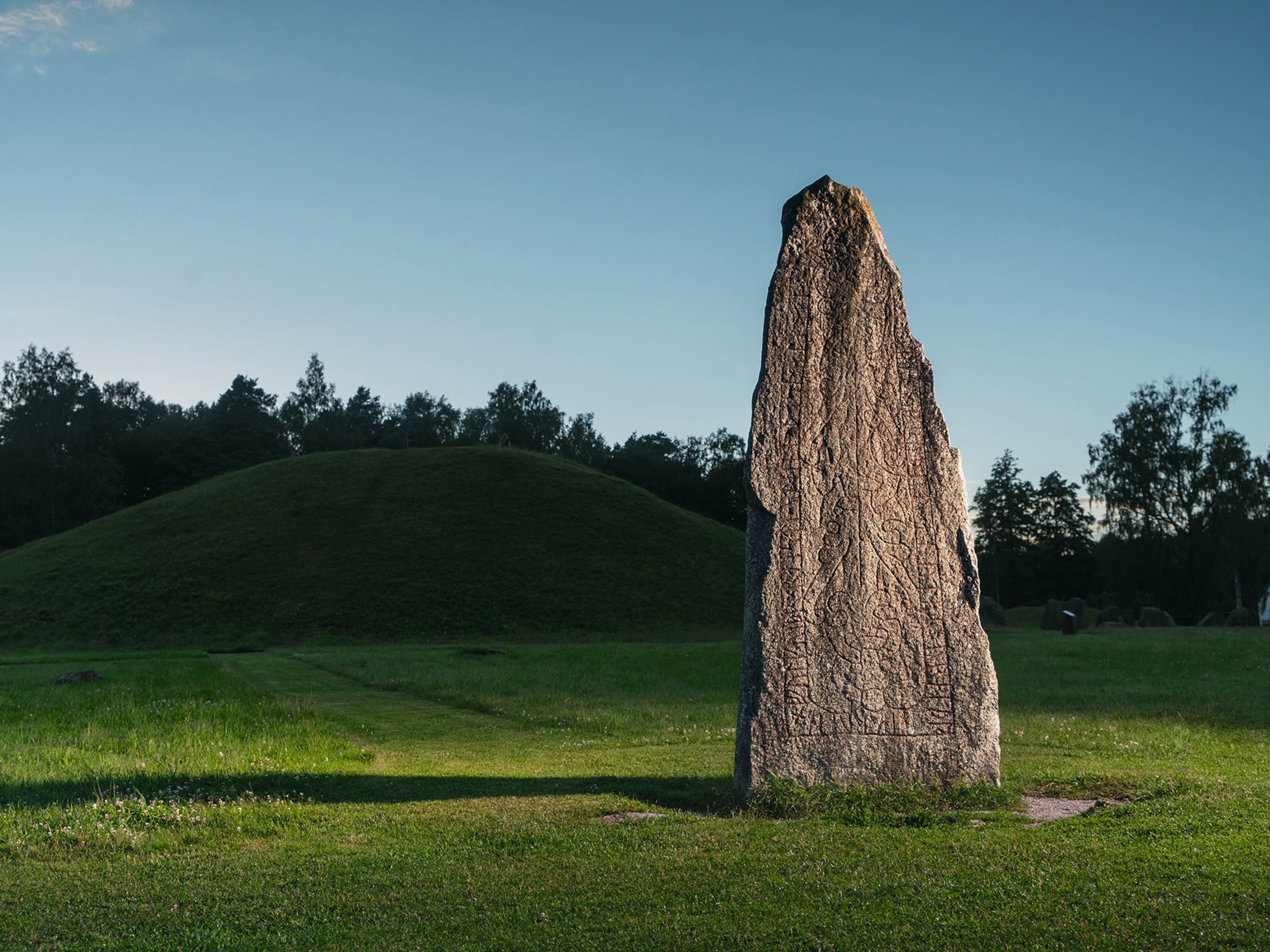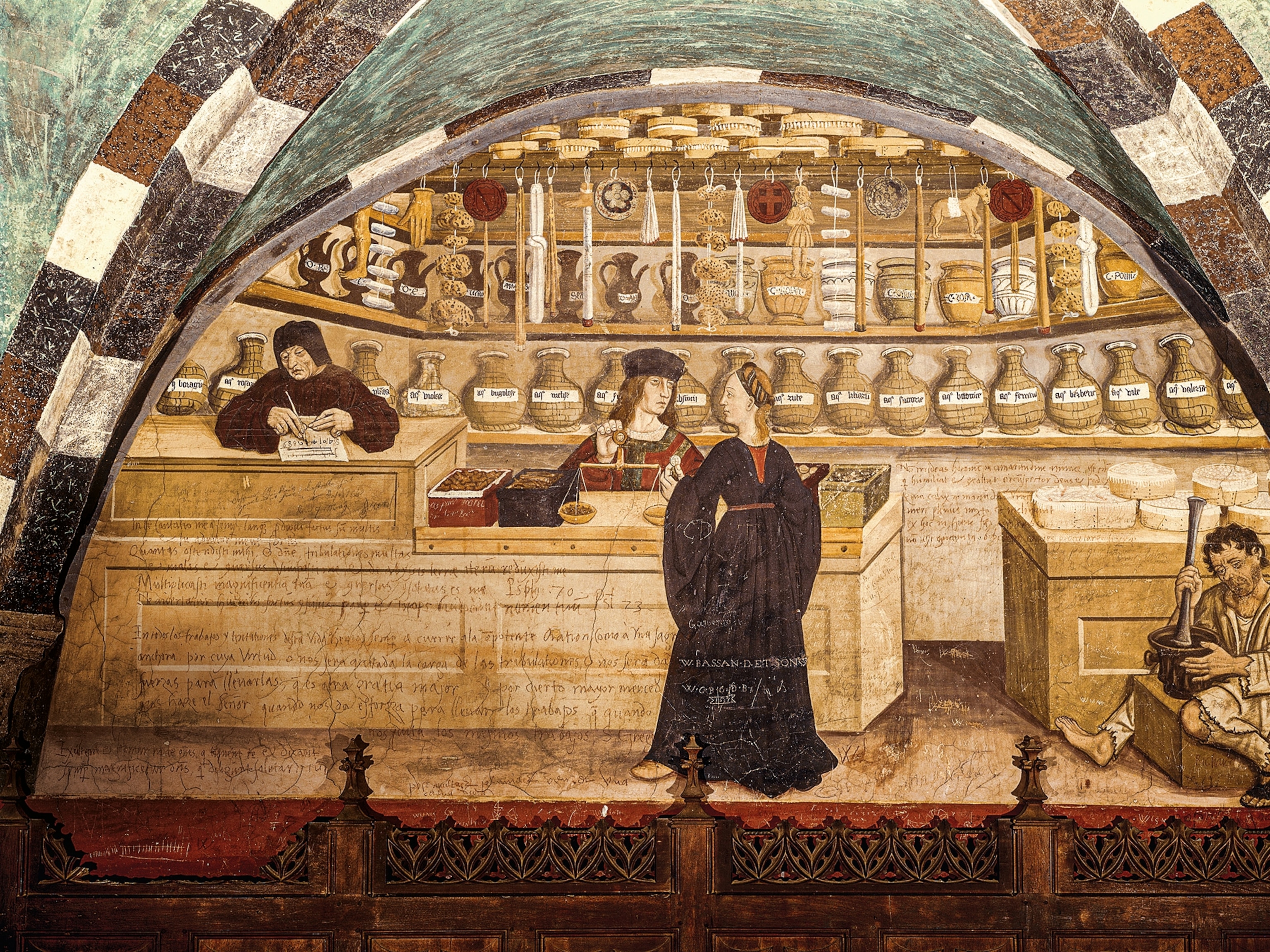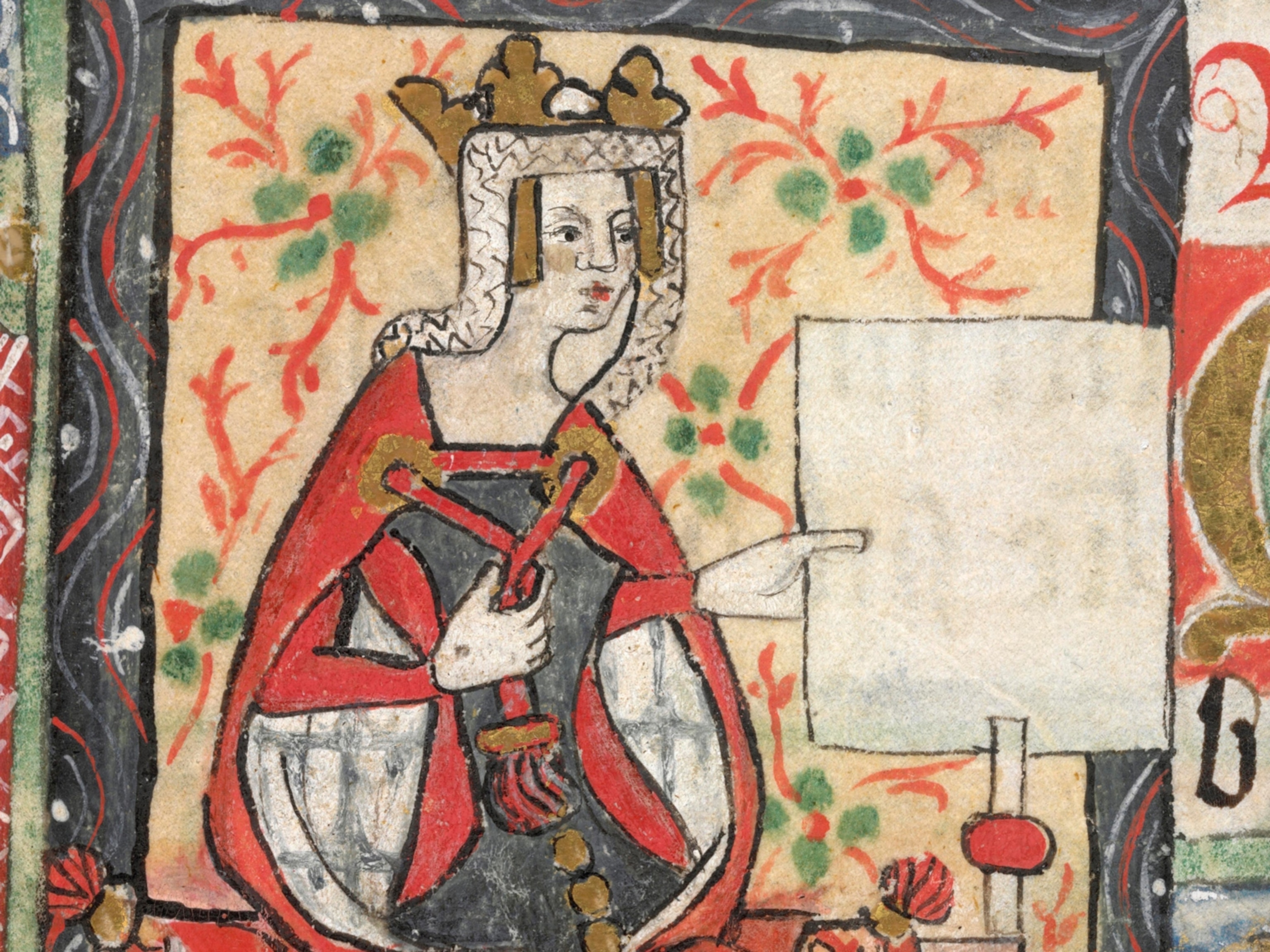
After pillaging France and Spain, Viking raiders set their sights on Rome
Commanded by the fearsome Bjorn Ironside and Hastein, Viking longships headed to the Mediterranean in the 850s. Their mission? To capture the riches of Rome.
Kringla heimsins, sú er mannfolyt byggir . . . These are the words that open the 13th-century History of the Kings of Norway. Written in Old Norse (the language spoken in medieval Scandinavia) it means “The orb of the world, which mankind inhabits.”

Penned by an Icelandic chronicler, Snorri Sturluson, the History is an important source on the Vikings, who held Europe in thrall from the eighth to the 11th centuries. Their trading and raiding sent them to the far horizons of that “orb,” sailing west to Britain, then Greenland, and even reaching North America. As well as their infamous brutality, Viking success depended on navigational skills, essential not just to navigate Europe’s rivers and Atlantic coastline, but also to venture south from their homeland all the way to the Mediterranean: “That great sea,” as Snorri Sturluson describes it, “that goes in through the Straits of Gibraltar all the way to the land of Jerusalem.”
Evidence of Viking settlements in England, Ireland, and Russia and their trade routes as far as present-day Istanbul and “Serkland” (the land of the Saracens, i.e., Baghdad) is plentiful; the Vikings’ Mediterranean foray, however, is a more shadowy affair. According to the handful of sources available, it took the form of a remarkable, and audacious, raiding voyage led by a hell-raising naval commander, who brought terror to Muslim Spain, France, and Italy. He sent his boats south probably with the ultimate objective of sacking what must have seemed a tempting prize: Rome.
(Modern ideas of Vikings painted a homogenous picture until DNA showed a more diverse reality.)
Northmen arrive
In the late 700s farming communities in today’s Denmark, Norway, and Sweden were overpopulated, which fed the desire to expand and seize goods. In the following centuries, the people of Scandinavia used their longships to carry out lightning raids, as well as establish far-flung trade routes. Despite how they are discussed today, these people did not call themselves Vikings—thought to mean “pirate” or “bay-dweller.” They most likely would not have seen themselves as a united people.

The Viking age is often said to begin in 793, the year of the raid on a wealthy Christian community of Lindisfarne in northeastern England. In the following decades the Vikings secured a trading post in Ireland. Later raids against the Anglo-Saxon kingdoms of England led to Viking settlements in parts of northeast England, centered on the old Roman fort of Eboracum, which the Vikings called Jorvik—York.
Meanwhile, the Northmen were expanding eastward, too, developing trading posts in Russia, a country whose name derives from the Rus, a Viking tribe. The Vikings used the Volga and Dnieper Rivers to reach the Caspian Sea, and from there, traded with Baghdad.
These indefatigable raiders also looked south, to the lands once ruled by Emperor Charlemagne. At this great king’s death in 814, France, Belgium, northern Spain, western Germany, and Austria became vulnerable as division and weakness quickly seeped into their lands. The Vikings recognized an opportunity and regarded France as a particularly valuable prize.

In 843 Vikings took over the Breton island of Noirmoutier, using it as a base to launch more attacks on the French mainland. In 845 Viking longboats sped up the Seine, sacking numerous cities, and finally Paris. Charlemagne’s grandson, Charles the Bald, responded in what would become a standard method of dealing with the Vikings: He paid them to go away.
Moving toward Rome
The Viking scourge, however, continued. Little by little, the Northmen gained a foothold in northwest France, in Normandy, the peninsula that bears their name. Familiarity with France may have tempted Viking leaders to move farther south. In 859 they turned their attention to the Mediterranean.

Historians rely on four main sources that document this voyage, which was commanded by Björn Járnsíða—Björn Ironside—so named because of his invincible reputation. Before his Mediterranean foray, he had established a fearsome track record, sacking Paris circa 857. These chronicles describe how in 859, Björn Ironside and another chief, Hastein, joined forces and sailed down past the Atlantic coast of the Iberian Peninsula, then largely controlled by the Muslim Umayyad dynasty.

They were not the first Vikings to venture so far south; sources attest to a raid on Seville in 844. Following in the wake of that earlier voyage, Björn’s crew sacked towns on the coast of modern Portugal. The fleet then passed through the Strait of Gibraltar, becoming perhaps the first Vikings to enter the Mediterranean.
(Explore the realm of the Vikings in this interactive graphic.)
At Algeciras they burned down the mosque; then they moved to the southeast of the Iberian Peninsula. After a diversion to North Africa where they took on slaves among the“blue-men”(a Viking term used to describe Africans), they sacked Spain’s southeastern coast, then the Balearic Islands. Continuing northward across the Mediterranean, they reached the kingdom of Roussillon, in what is now southwest France. There they established a camp in the Camargue region near Nîmes, where they overwintered and accumulated loot.
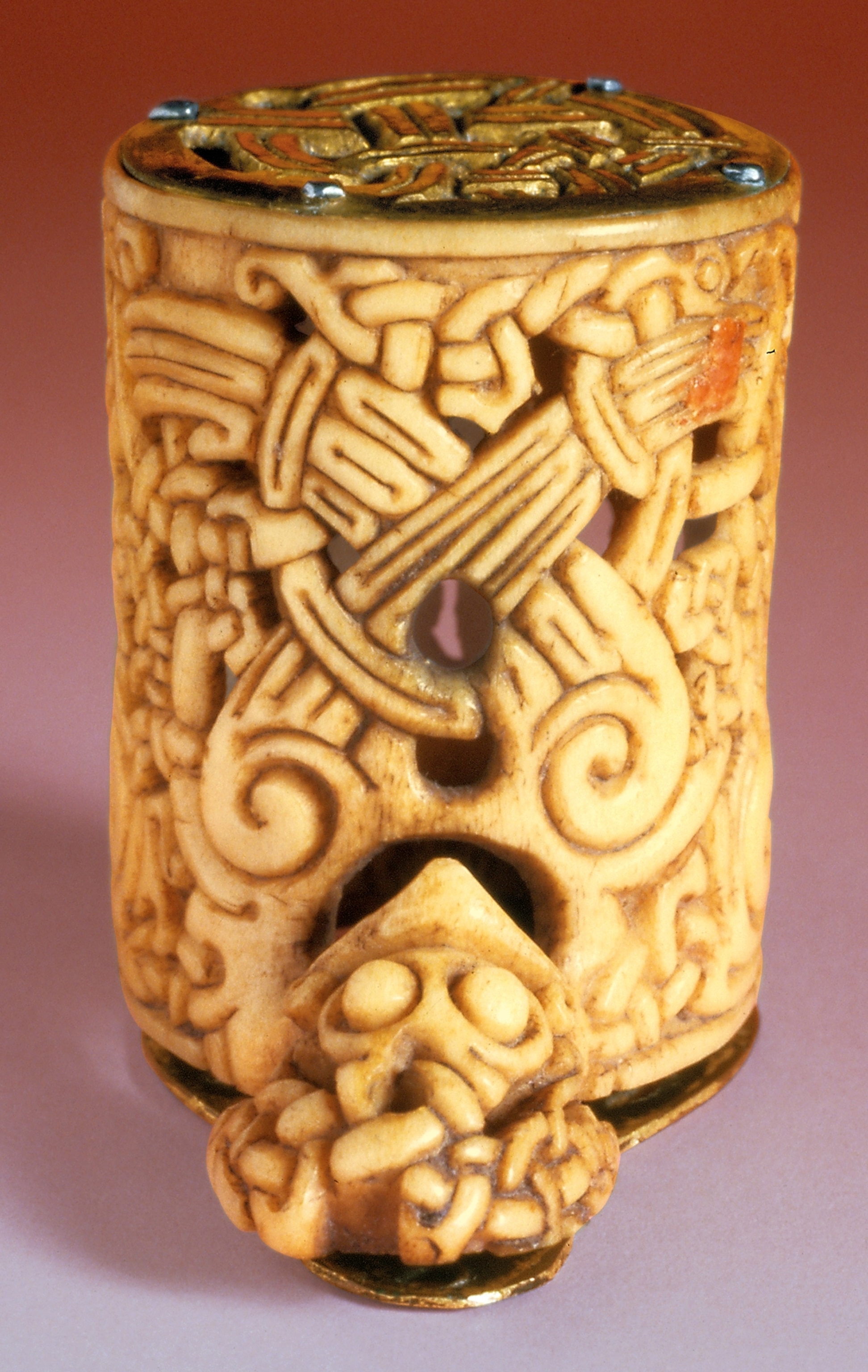
The following year, 860, after a diversion up the Rhône River, the Viking expedition anchored off the coast of Italy, where the most colorful of the Viking exploits took place: the looting of Luni, near the modern Italian city of La Spezia. Founded by the Romans, Luni had become prosperous during the Middle Ages and had a strong system of defenses. According to the main source for this story, the early 12th- century chronicler Dudo of Saint-Quentin, the Vikings mistook Luni, in its splendor, for Rome.
Faced with Luni’s mighty fortifications, the Vikings relied, Dudo claimed, on trickery to get inside. After faking Hastein’s death, the Northmen sent several messengers to the city gates asking if their leader, who had converted to Christianity, could be buried in hallowed ground within the city walls: “Wailing is heard [from the Vikings] the clamor of deceitful grief. The Bishop summons the people from throughout the city. The clergy came dressed in their vestments . . . the women came in throngs, soon to be led into exile.”
With the trap sprung, the “corpse” of Hastein sprang to life, killed the bishop, slew the people, and opened to his shipmates the gates of what they took to be Rome. On discovering it was not the Eternal City, the Vikings supposedly lost heart and embarked for the long voyage home.
A Viking odyssey

Norse warriors, like Björn Ironside, a leader of the Viking expedition to the Mediterranean in 859-860, moved across western Europe in the ninth century. Of Danish origin, Björn is believed to be the son of the hero Ragnar Lothbrok and that his nickname alluded to his seeming invulnerability. In 856-57 Björn and Sigttrygg, another commander, joined forces against the Frankish king Charles the Bald, who was trying to drive the Vikings from the mouth of the Loire. After rowing up the Seine, Björn and Sigttrygg sacked Paris and captured a high-profile hostage, Louis, abbot of Saint-Denis. Björn Ironside successfully ransomed the abbot for 686 pounds of gold and 3,250 pounds of silver. Next, Ironside joined Hastein on the great southern expedition that was perhaps aiming to reach Rome, and returned north in 860 after unleashing much destruction in the western Mediterranean.
Facts from legend
Most historians believe the Viking “confusion” of Luni for Rome, and the Viking spin on the story of the Trojan horse to enter the city, is exactly what it sounds like—a good yarn, with little basis in fact. Dudo of Saint-Quentin is considered an unreliable source. The three other main sources that mention Björn’s incursions in the Mediterranean—Saxo Grammaticus’s Deeds of the Danes, in Latin, and the Icelandic works The Tale of Ragnar’s Sons and The Saga of Ragnar Lothbrok—are all from the 12th and 13th centuries, written long after the ninth-century events they recount. Björn is described as the son of Ragnar Lothbrok, who is probably an amalgamation of several Viking warlords.

Historians believe that Björn did exist, and documentary evidence elsewhere suggests the broad details and route in the chronicles are based on fact, even if the command of such a fleet by Björn Ironside cannot be definitively established. Spanish sources confirm violent Viking incursions in 859, while Arab sources describe a Viking raid around this time in Nekor in North Africa.
In circa 858 the abbey at Arles-sur-Tech in Roussillon was indeed raided, probably by “Norsemen,” and historians have found evidence of a Viking winter camp in the Camargue near Nîmes. Other sources suggest that Pisa was sacked by a Viking fleet, and that between the summer and autumn of 860, the Vikings reached Fiesole.
Dragons of the sea

The Vikings’ expansion west, south, and east was facilitated by the longboat. These narrow vessels, powered by oar and sail, could resist the fury of the Atlantic while their shallow draft enabled them to travel vast distances along rivers. Overlapping planks created a watertight shell strengthened by ribbing, a design adapted for different purposes. Ship burials, such as that excavated at Oseberg, Norway, in 1904, provide clues on Viking ship engineering. Buried circa 834, the Oseberg craft was a high-status ship, adorned with intricate carvings.
Although the Mediterranean never became a major theater for Viking raids, Björn’s successors would later follow in his footsteps. In France the Viking presence in what became Normandy evolved. The wild men of the north settled down, adopted Christianity and the French language, and became Normans, retaining their Viking fierceness and prowess in battle.
Before and after their invasion of England in 1066, Norman warriors seized swaths of southern Italy from the Byzantines, and Sicily from the Muslims. The magnificent churches they built there in the Norman style are a lasting legacy of their Mediterranean adventure, an echo of the audacious voyage undertaken by their kinsman, Björn Ironside, two centuries before.






